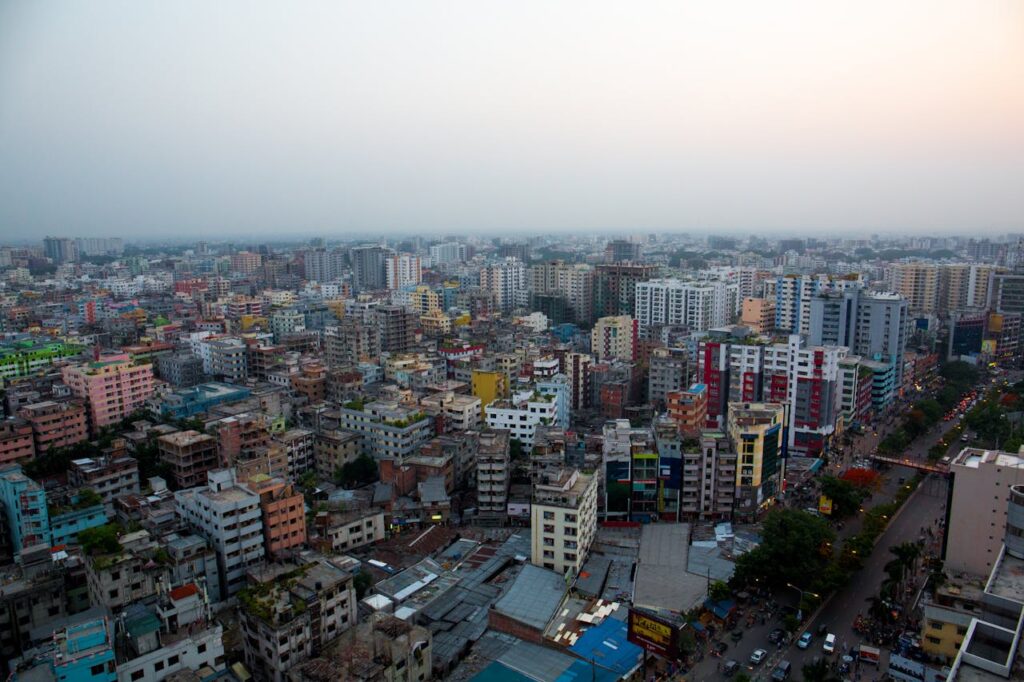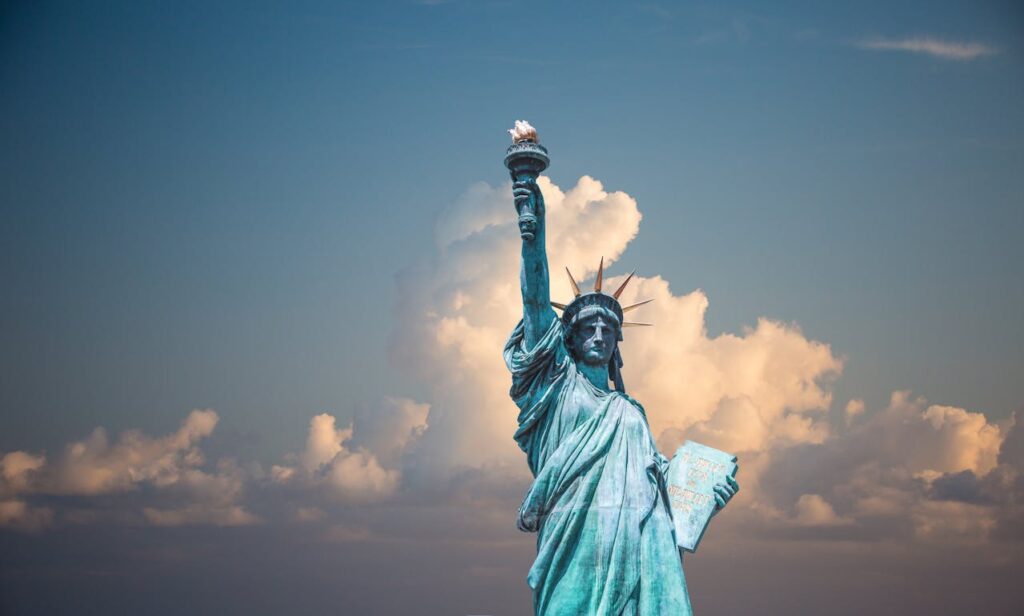The worlds population has really changed in the last 100 years. In 1951, the population was predicted to be at 2.5 Million. In 2000, the number was over 6 Million, and just 23 years later, it was predicted to have reached 8 billion. Let’s take a look at the countries where the population is the highest.
Grading Criteria: We will rank each country by the population number they currently hold as of 07/2024 which is the time of writing using data from various census sources.
10: Ethiopia

Ethiopia has a population of over 129 million people, making it the 10th most populous country. Ethiopia is steeped in human history, some examples are the famous 3.2 million year old skeleton of an Australopithecus nicknamed “Lucy” which is believed to be an ancestor of humans, and the ancient Kingdom of Aksum, believed to be the resting place of the Ark of the Covenant. Ethiopia is incredibly diverse, with over 80 ethnic groups and languages spread across many regions like the Simien Mountains, the Great Rift Valley, and the Danakil Depression – one of the hottest and lowest places on Earth. Ethiopia is currently one of the fastest growing countries in the world, however due its disproportionate population increase, this has hindered the economy and affected the countries growth and ability to provide resources to keep up with it – making it one of the poorest countries in the world.
9: Russia

Russia spans across Europe and Asia and has a population of around 144 million people. It is the largest country in the world by land area with a whopping 17 million square kilometres (about 6.6 million square miles) with different biomes and 11 timezones. Russia has provided much contribution to space exploration, literature, music and the arts. It is one of the world’s dominant superpowers and also boasts mighty military force that is one of the best and most numerous in the world. It is home to the popular Lake Baikal, which is the deepest and oldest freshwater lake in the world, as well as the largest by volume. It contains about 20% of the world’s unfrozen freshwater reserve. Russia hasn’t had a great spike in population; growth is very steady – however, with the uncertainty of Russia’s future (given current political conditions) it is hard to predict whether this superpower will continue to rise in population in the next few years, or even decade.
8: Bangladesh

Bangladesh has a population exceeding 174 million people. It is one of the most densely populated countries globally and is known for its deltaic plains, vibrant culture, and fast-growing economy that is largely based on agriculture, and textiles. Bangladesh’s population began surging in the 60s and this carried on through the 70s where the country gained its independence from Pakistan in 1971. Its economy is largely supported and boosted by the clothing industry as it is one of the largest textile exporters globally, supplying clothing to major international brands. It is home to the UNESCO World Heritage site of the Sundarbans, the largest mangrove forest in the world. The country has one of the largest population numbers per square kilometre and its total population growth has steadied in the last few years, a trend which will continue into the next decade according to Census studies.
7: Brazil

Brazil is the most populous and largest country in South America, with a population of around 217 million people and Sao Paulo being the most populated city in the country and Southern Hemisphere. It is known for its vibrant culture, diverse ecosystems including the Amazon Rainforest, and booming economy. Brazil is also famous for its soccer tradition and Carnival festival – making it both an extremely popular destination for tourist but also one of the most dangerous countries. The majority of the amazon rainforest lies in Brazil, home to millions of species with many more still to be uncovered, and is referred to as the world’s lungs due to the significant amount of oxygen it generates for the world. Brazil has one of the largest global economies with many valuable resources including gold, iron ore, and oil and also a leading producer of coffee, beef, and sugarcane. Brazil also holds over 60 uncontacted tribes and this is believed to be the largest number of uncontacted people in the world.
6: Nigeria

Nigeria, in West Africa, has a population of over 229 million people. It is the most populous country in Africa and is known for its diverse culture, languages and ethnic groups which are said to be over 250 in number Nigeria’s economy is driven by oil production, agriculture, and services. A country seeped in culture and with a variety of music, dance and film contributions such as Nollywood which is the second largest film industry in the world. It has the largest economy in Africa thanks to its vast oil and gas reserves and its growing interest in technological sectors. Plenty more natural resources are scattered throughout the land as well as biomes supporting a wide range of wildlife. The country has a high mortality rate due to health struggles and battles with many diseases such as Polio virus. The government, however, is still trying to combat population control due its increasingly high numbers in the last few years that are expected to keep on climbing.
5: Pakistan

Pakistan’s population is around 245 million people. It is a South Asian country that holds some of the oldest civilisations known to history. Its geography is a mix of deserts, coastal areas and mountainous regions where the second highest mountain in the world can be found called K2. It holds a plethora of ethnic groups with the main spoken languages including Urdu, Punjabi, Saraiki and Sindhi. It is also known for its significant Islamic heritage, with numerous mosques, shrines, and religious festivals and one of the largest mosques in the world: the Badshahi Mosque. It is one of the fastest growing countries in the world with an average of 5 million people a year. Rising population amounts are going to evidentially put a strain on the countries resources, which could overwhelm many important health and service facilities.
4: Indonesia

Indonesia has a population of over 279 million people spread across an archipelago comprising of about 17,000 thousands islands home to over 300 ethnic groups and more than 700 languages spoken across the islands, making it the fourth most populous country. Indonesia has experienced steady growth over the years, fueled by high birth rates and declining mortality rates. It has a relatively young population, with a significant proportion under the age of 50, this youthful demographic presents both opportunities and challenges for the country, particularly in terms of education, employment, and social development. Java is the most populous island and is home to over half of the country’s population and houses its biggest city, Jakarta, the capital. It has many unique species of wildlife such as the Komodo Dragon, Javan Rhinoceros and much more spread-out throughout its islands. The biggest problem for the population lies in its capital Jakarta, which is very prone to floods and more so as the density population increases.
3: United States

The United States has a population of around 341 million people. It is a diverse country with people from various ethnic backgrounds, cultures, and religions. The US is known for its economic strength, technological advancements, and cultural influence worldwide that encourage migration to the country on heavy levels helping to shape it. It contains some of the most racially diverse groups in the world and its population ranges from heavily concentrated in metropolitan areas such as Los Angeles and New York, and less populated areas such as Wyoming and Alaska. However, like many other developed countries, the US population is aging due to declining birth rates and increased life expectancy. Around 14% of the US’ population are foreign-born and these figures will continue to rise as time goes on.
2: China

Taking a big jump from the previous entry, China is the second most populous country in the world, with over 1.425 billion people. China has long been a country known for the development of its cities and population, with many cities like Shanghai and Beijing becoming megacities and financial strongholds. China has had a long history with population growth which led them to introduce the One-Child policy in 1979. This allowed families only one child per family to control the strain on the social, environmental, and economic challenges the country was facing. This was phased out in 2015 and has allowed a steady growth rate in China. It is said that in China there are more males than females now, couple this with the fact there is a decreasing number of young people compared to old, this is leading to a decline in population growth. Also, China’s census figures are not exact as the implementation of the One-Child policy led to many errors and censorship on the Census. Throughout history, its population has also suffered greatly due to war, famine and natural disasters.
1: India

India has a population of over 1.442 billion people, making it the most populous country globally. It is a diverse nation with various languages, cultures, and religions. Even with a declining growth rate along the years, it still remains the most populated country in the world. India has been undergoing rapid urbanisation for many years now with many people migrating from rural areas to cities leading to the growth of its cities and infrastructure. While this is very good for the countries development as a whole, this is leading to increased pressure on services such as healthcare and its natural resources. It has an average of 400 people per square km. Delhi is the most populated city with over 33 Million people. A true powerhouse when it comes to population and diversity – it holds over 2,000 distinct ethnic groups and over 1,600 spoken languages. India is a centre of culture and history, and has birthed several major religions in the world. It is also geographically diverse sharing in the Himalayan mountains, many national parks and wildlife reserves, and one of the most famous rivers in the world, the river Ganges.
Honourable Mention: Mexico

Mexico has a population of over 129 million people, the same as Ethiopia, although the latter is said to be ahead by just a few 100,000 people. making it the 11th most populous country. Mexico has rich cultural diversity and heritage with popular ancient civilizations that once ruled the lands, those being the Aztecs and the Mayans. Mexico is also an extremely biodiverse country holding about 10% – 12% of the worlds species. Mexico City is the second most populous city in the Western Hemisphere after Sao Paulo in Brazil.
Other Contenders
Japan: Has the most populated city in the world at just over 37 Million.
Philippines: A nation once part of the Spanish empire with a very fast growing population.
Egypt: Birthplace of one of the worlds greatest civilisations.

